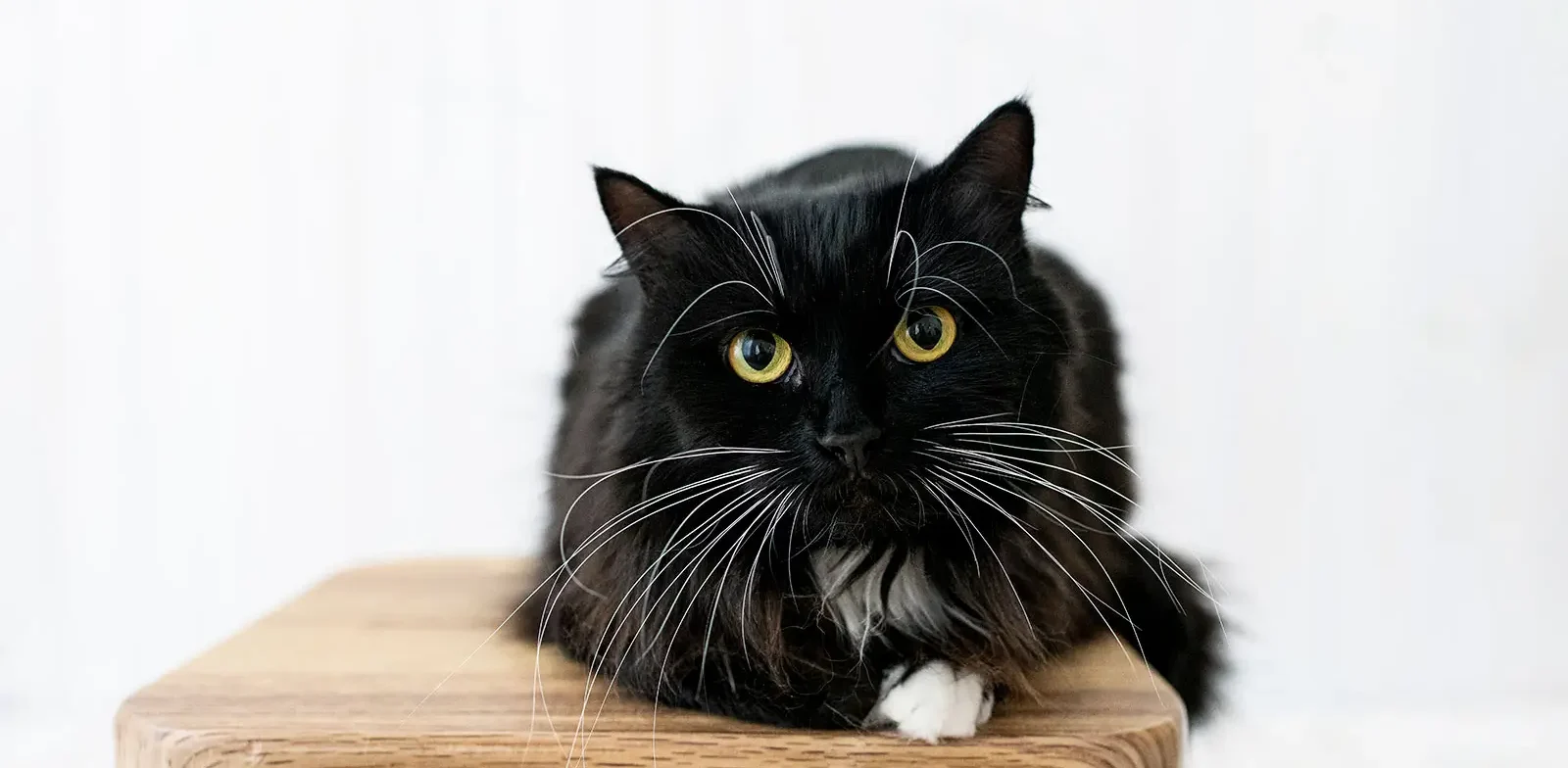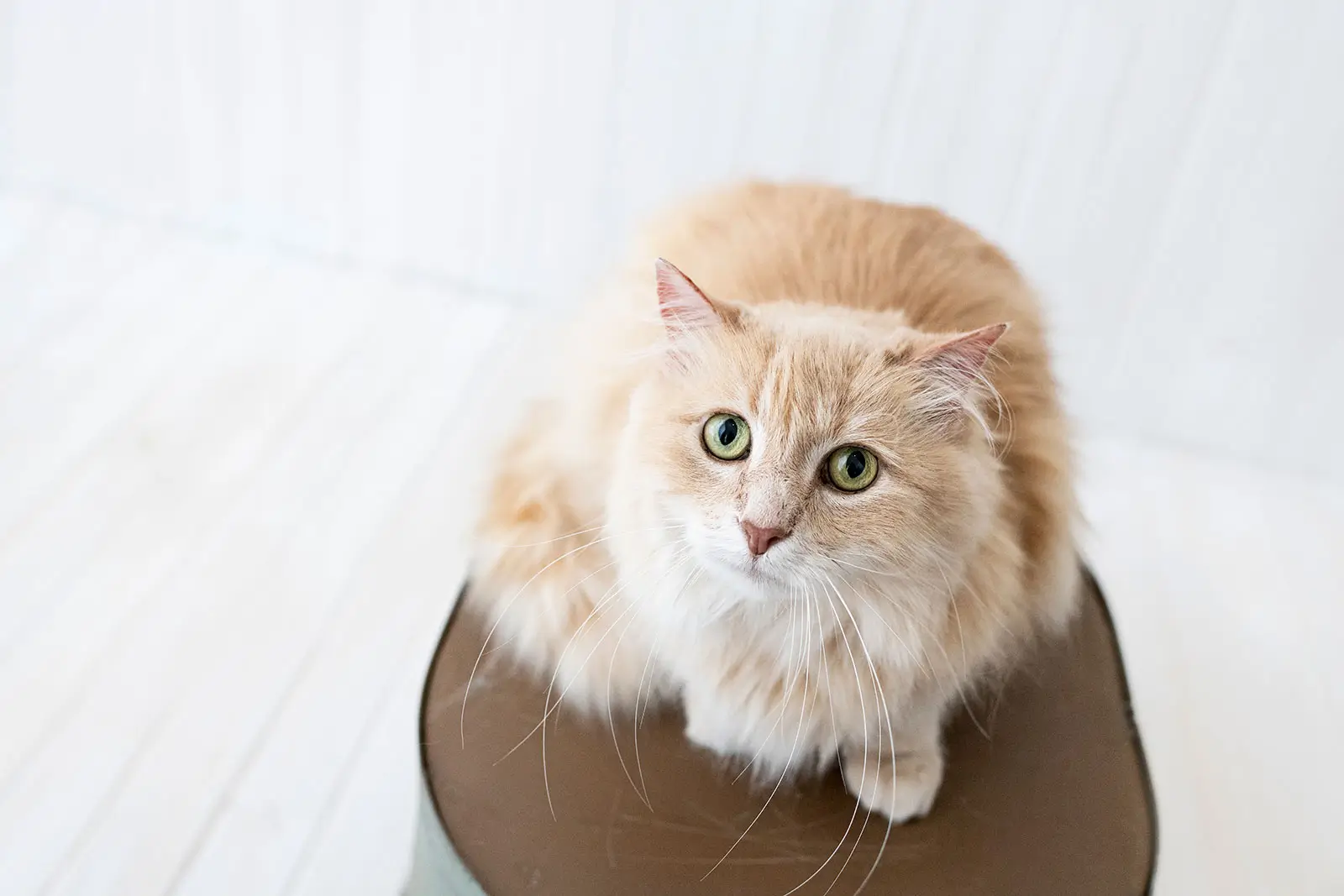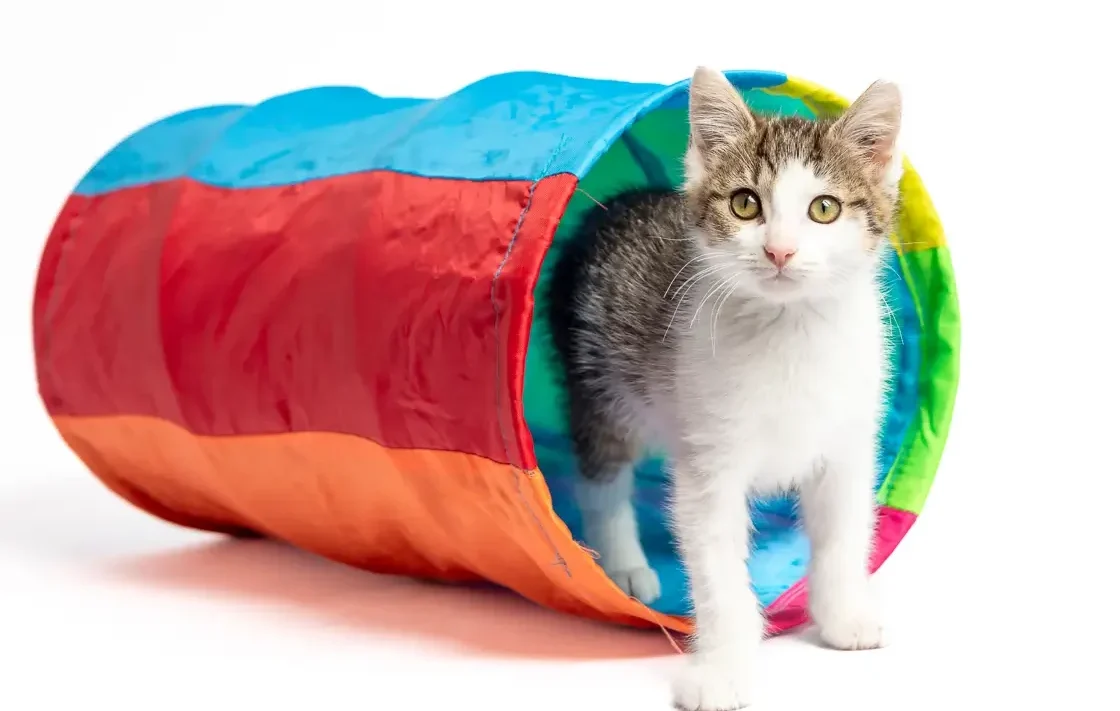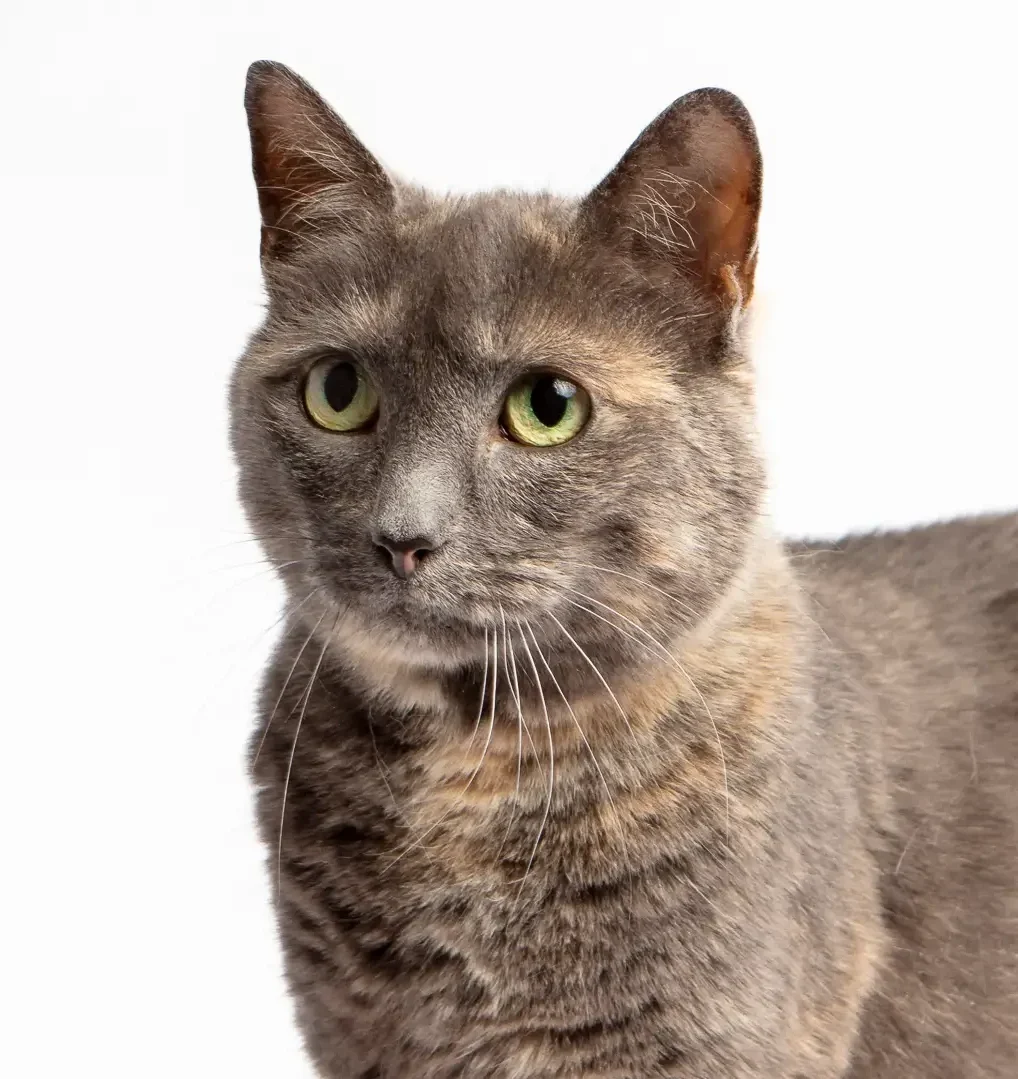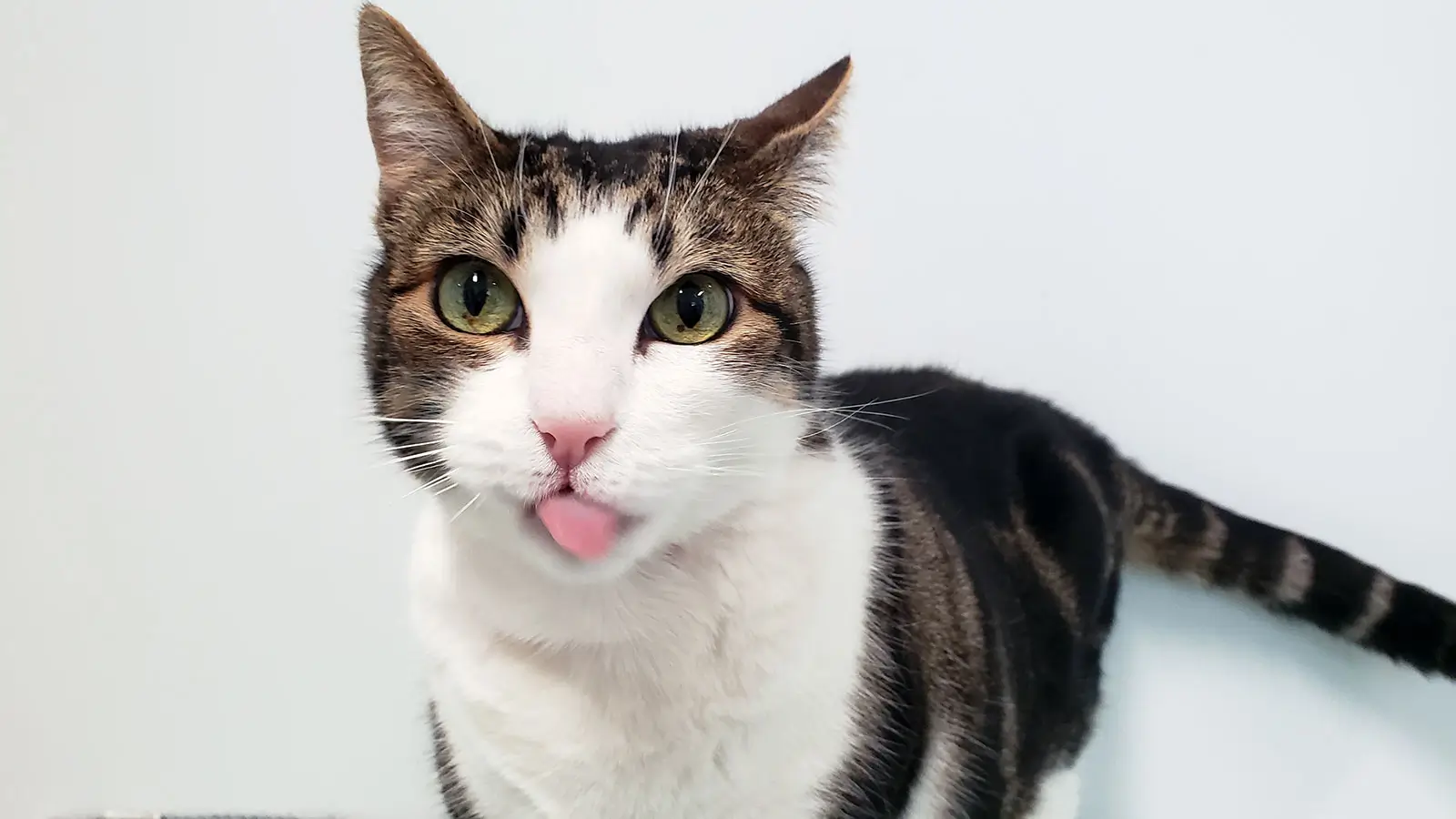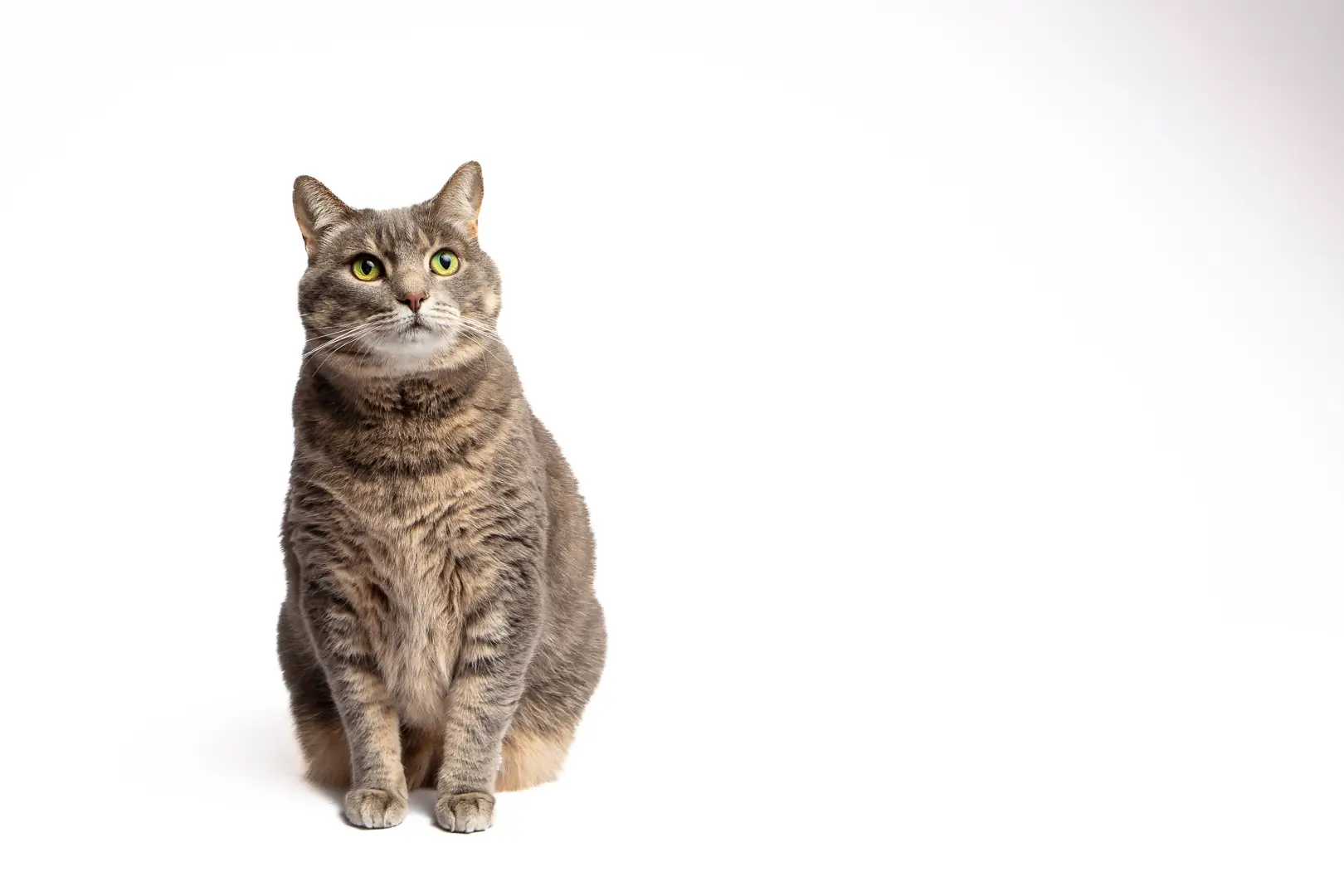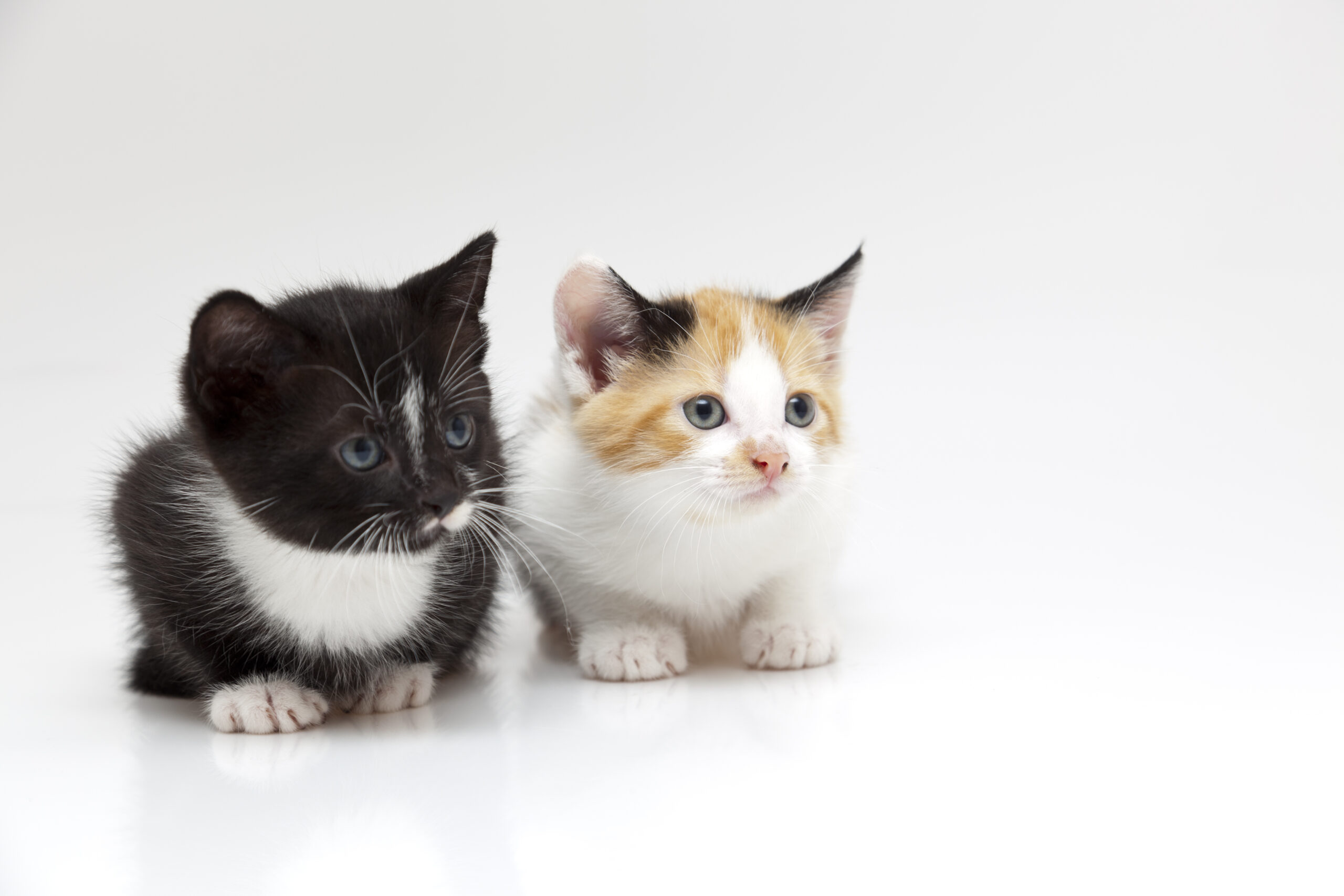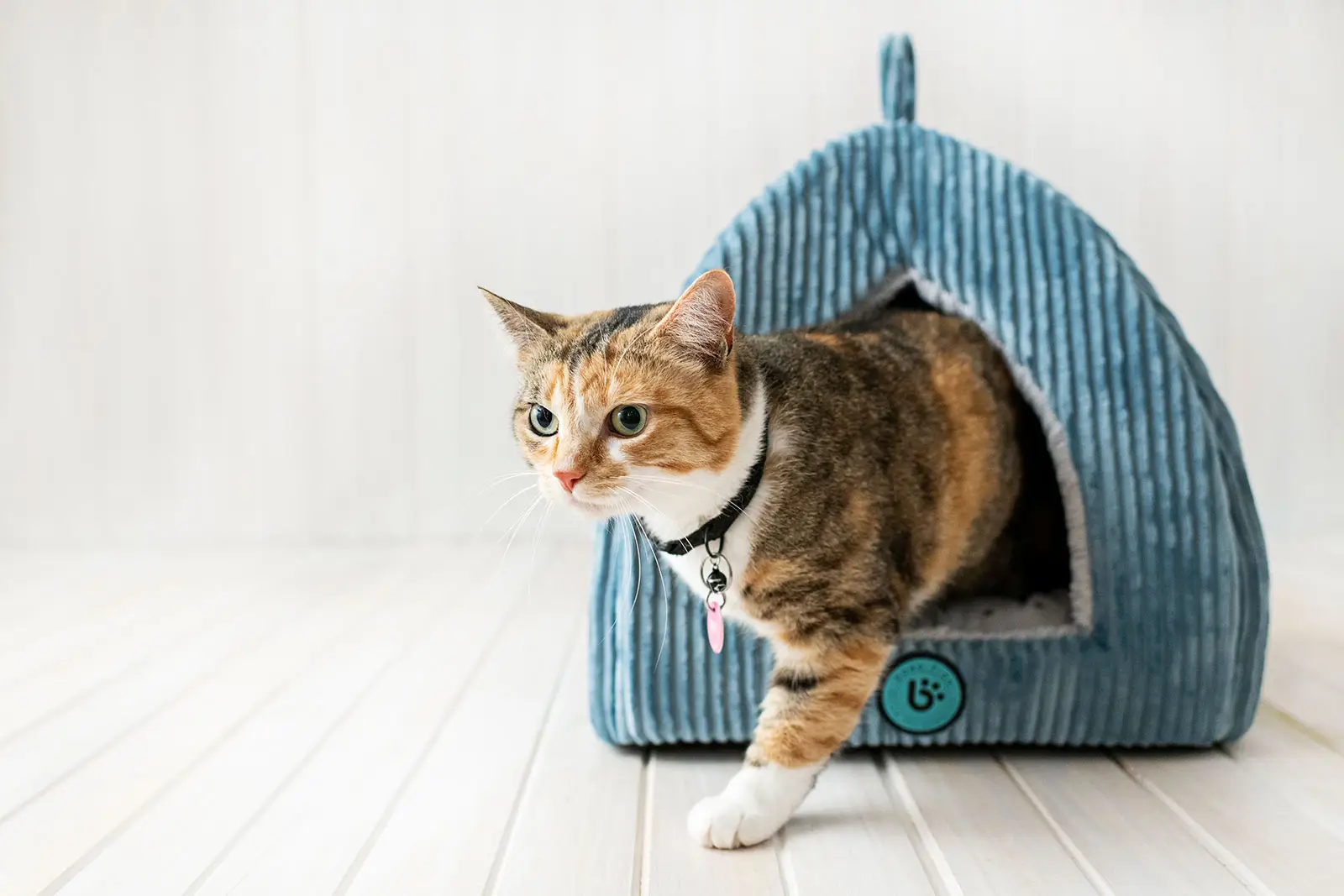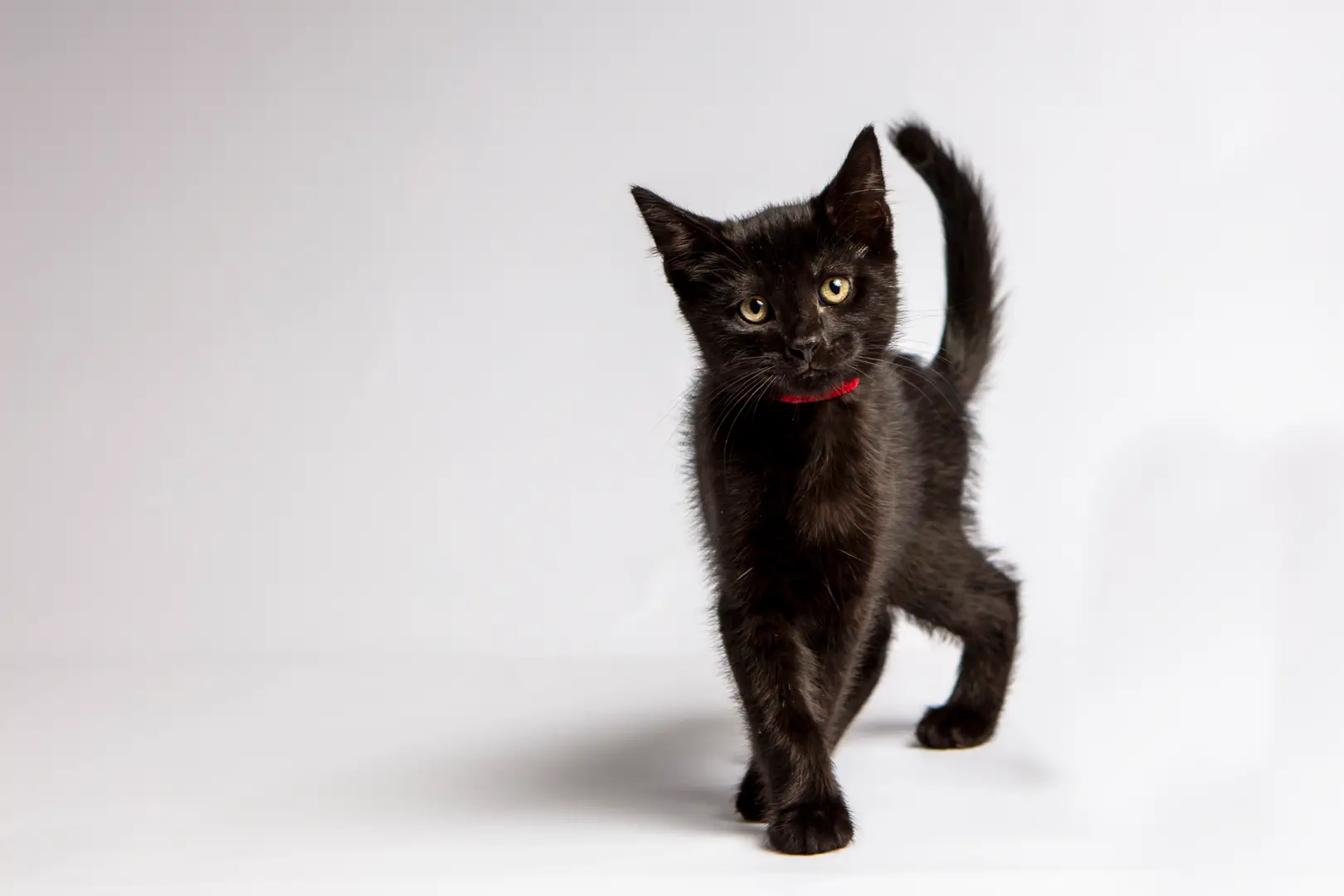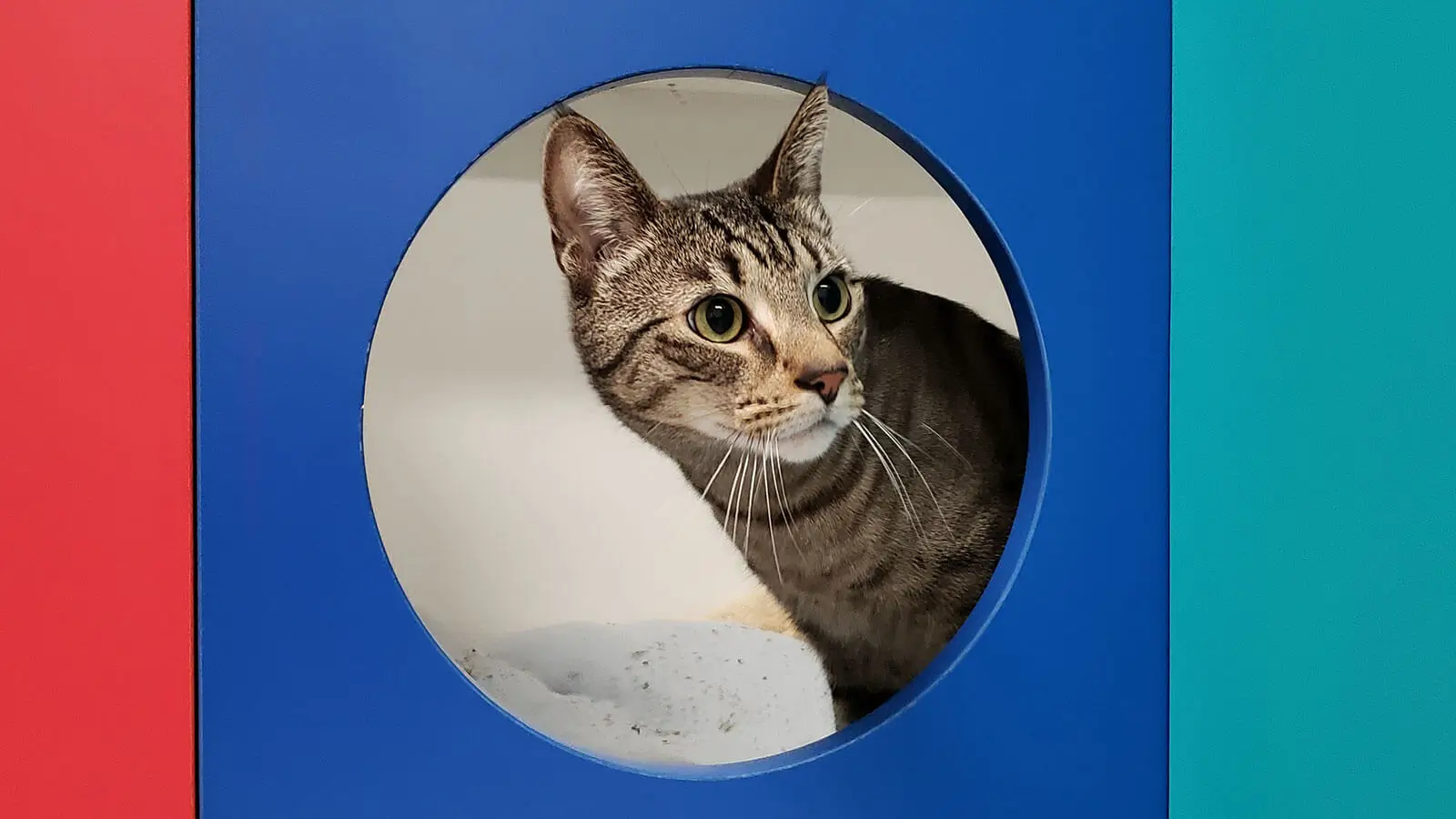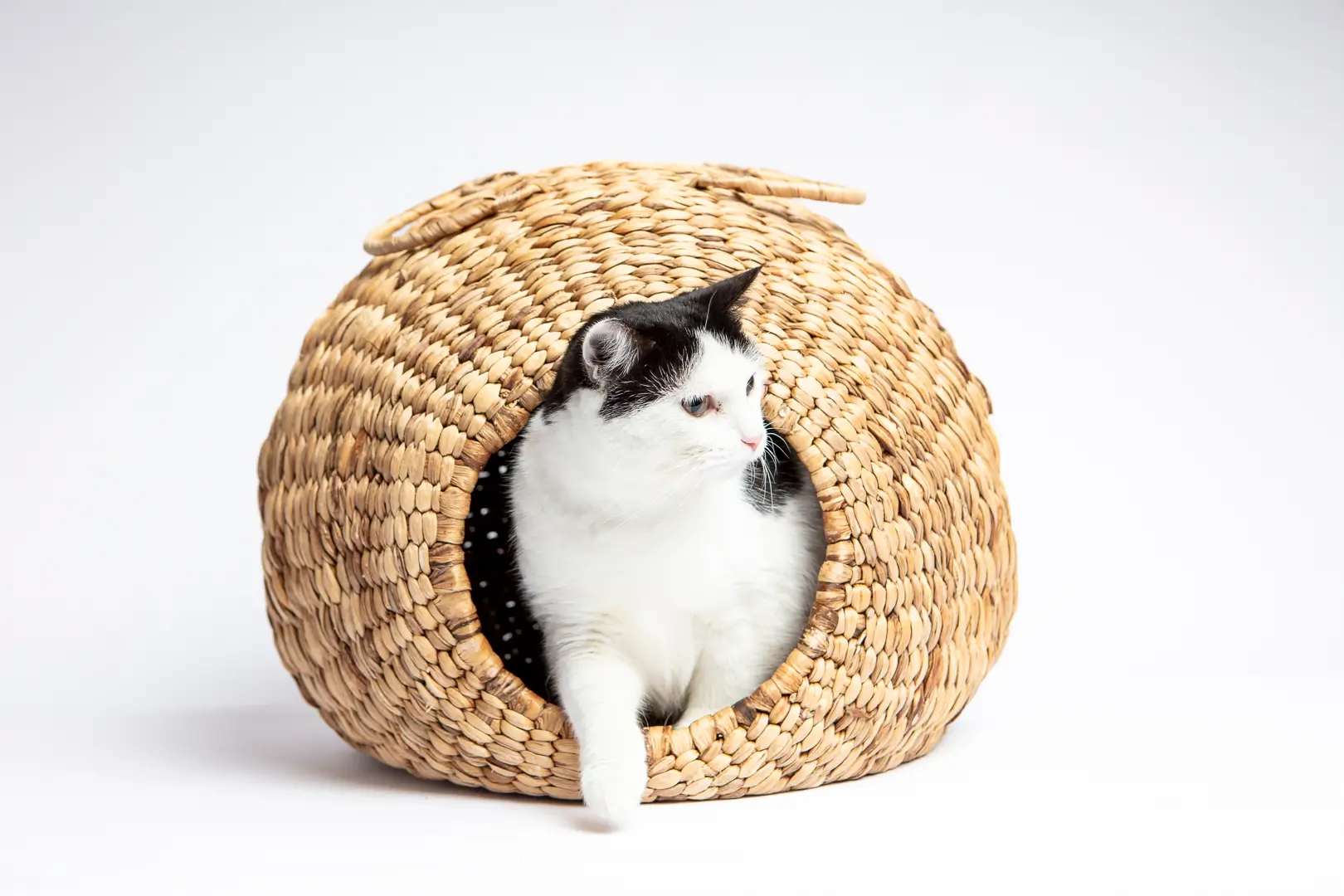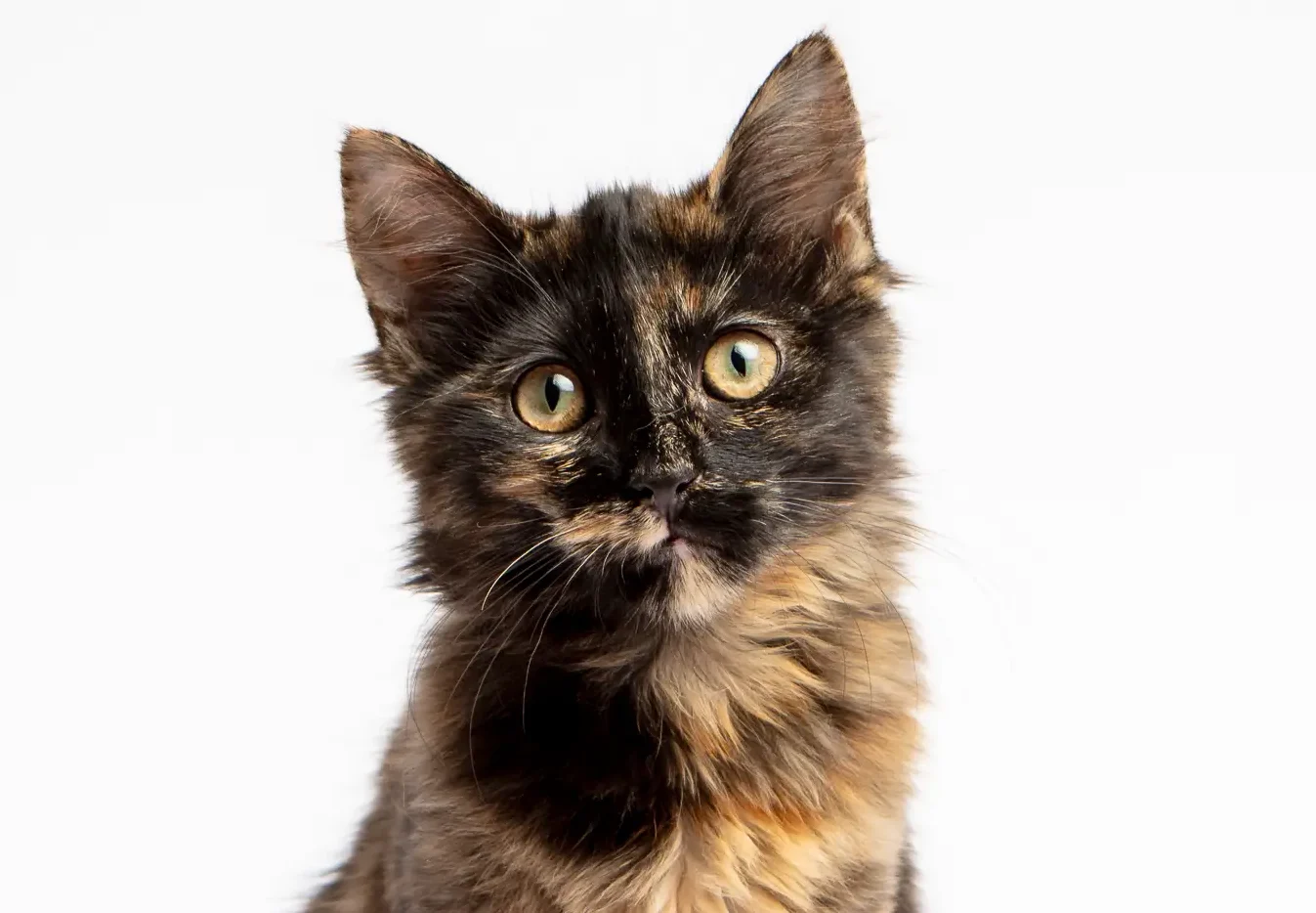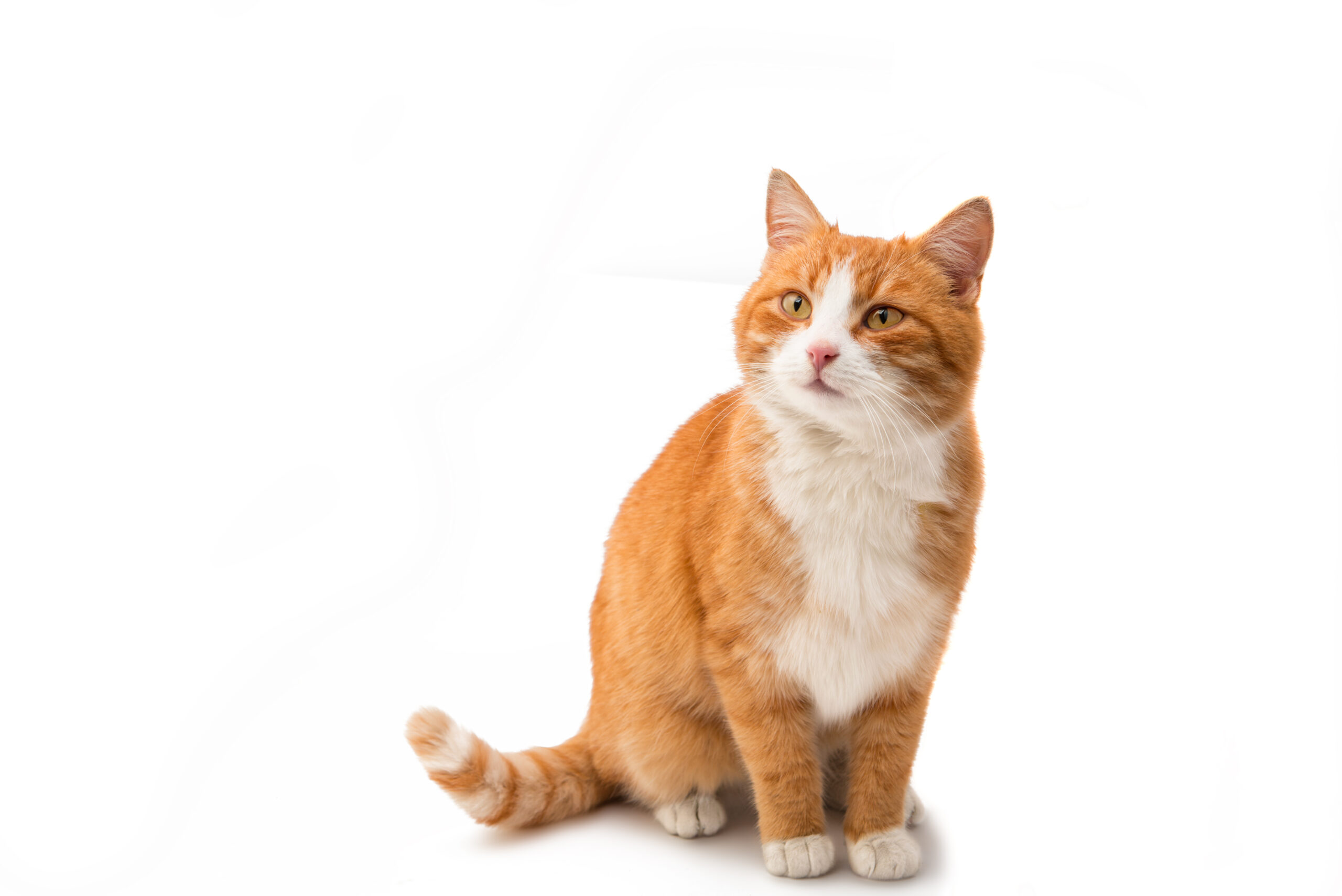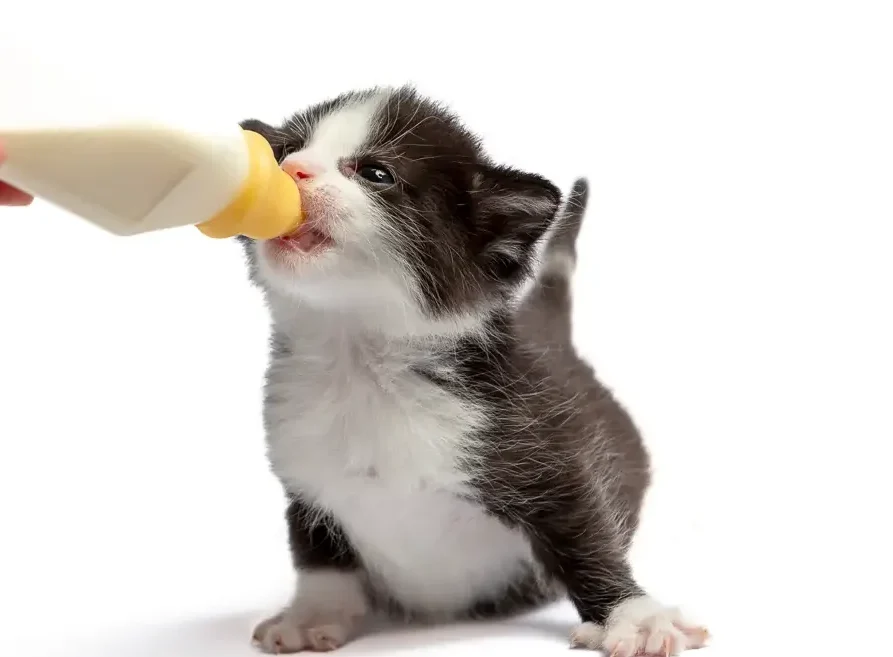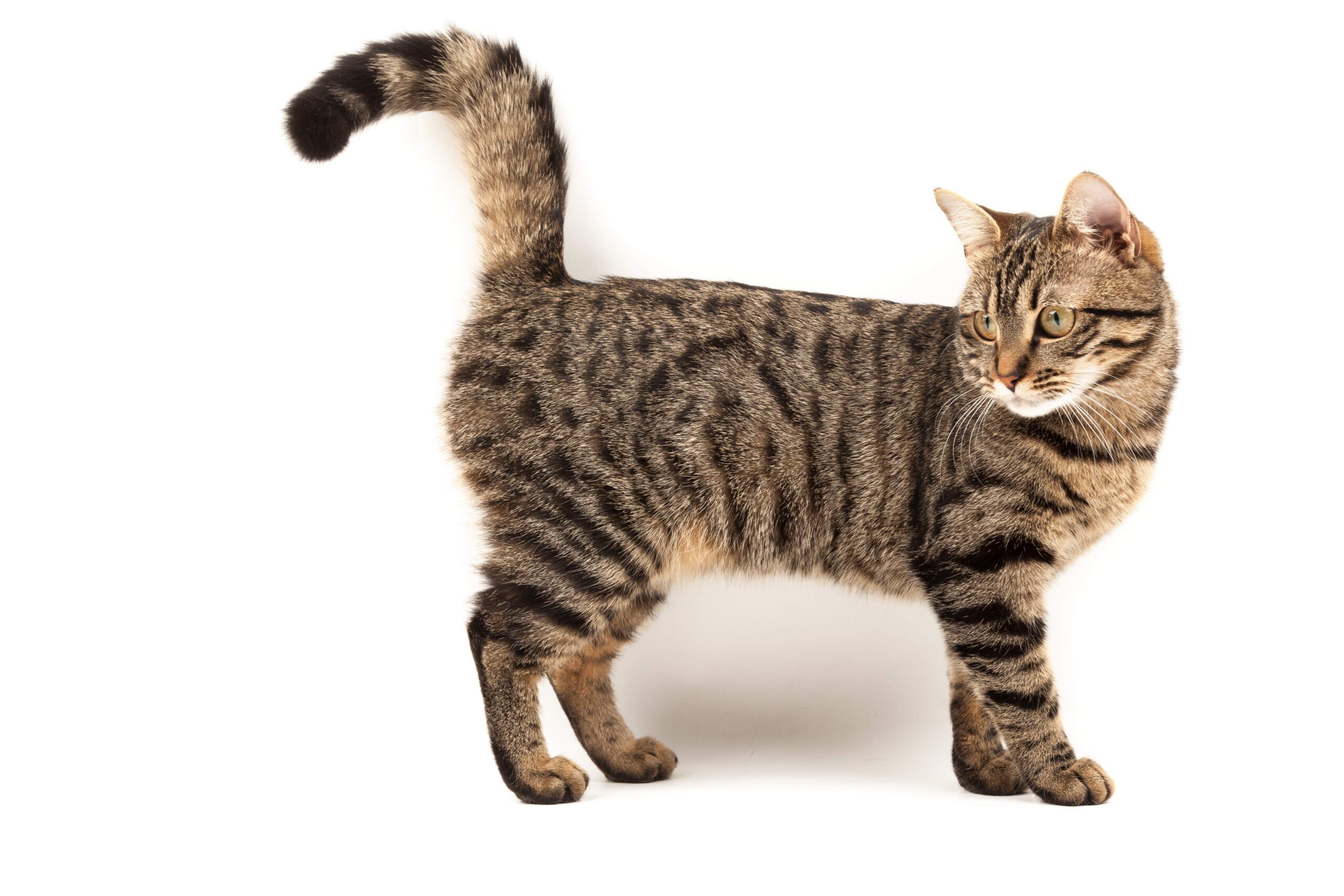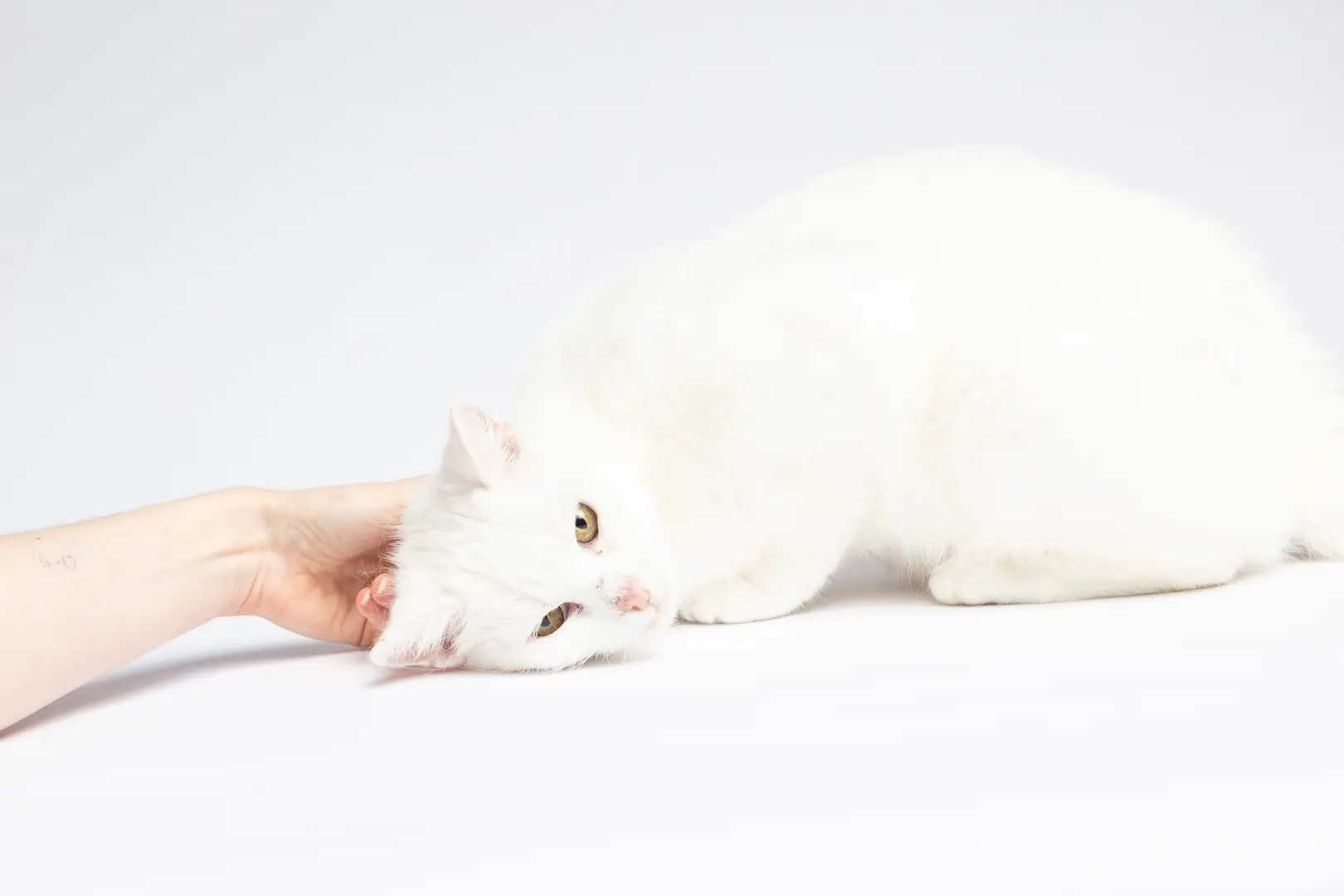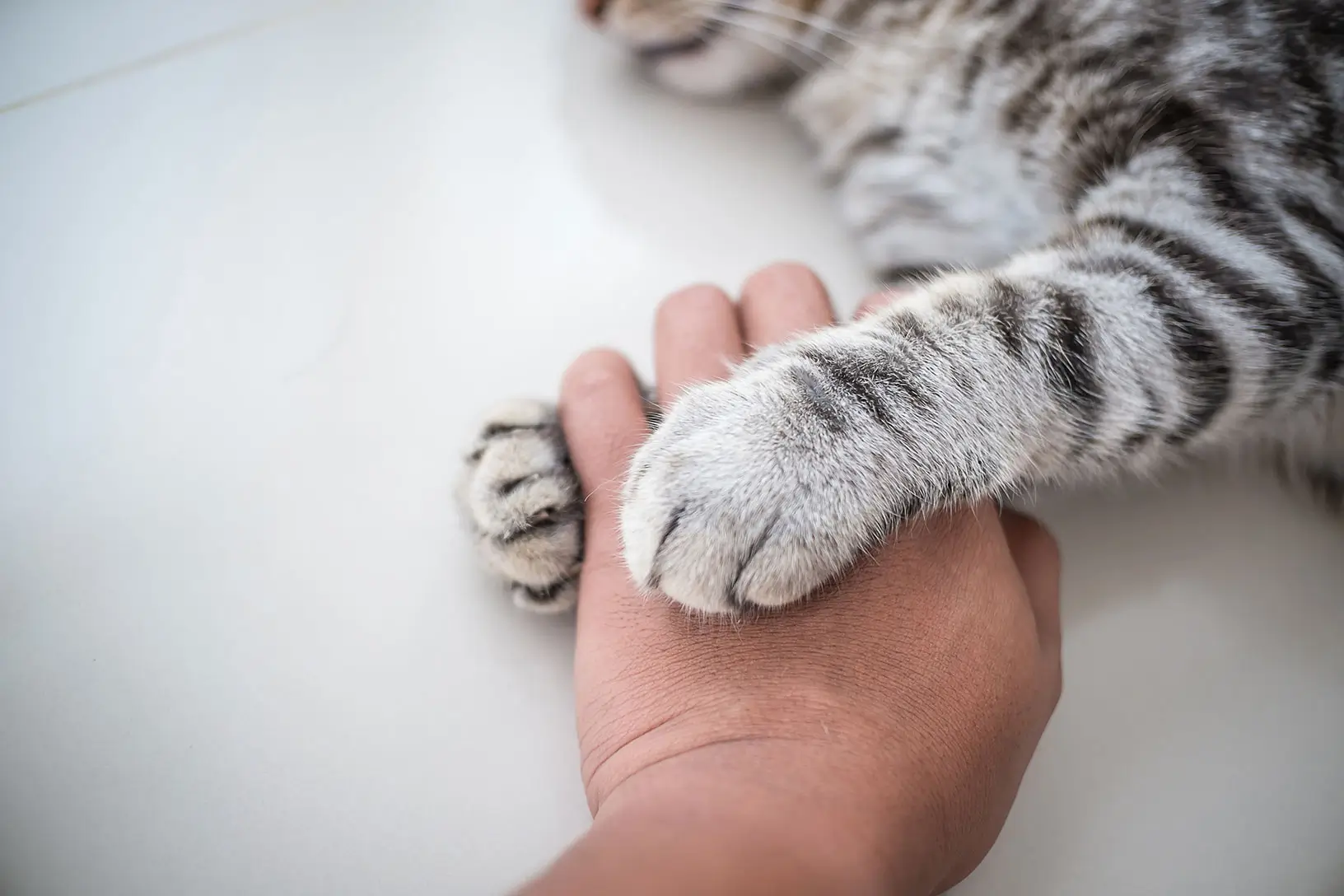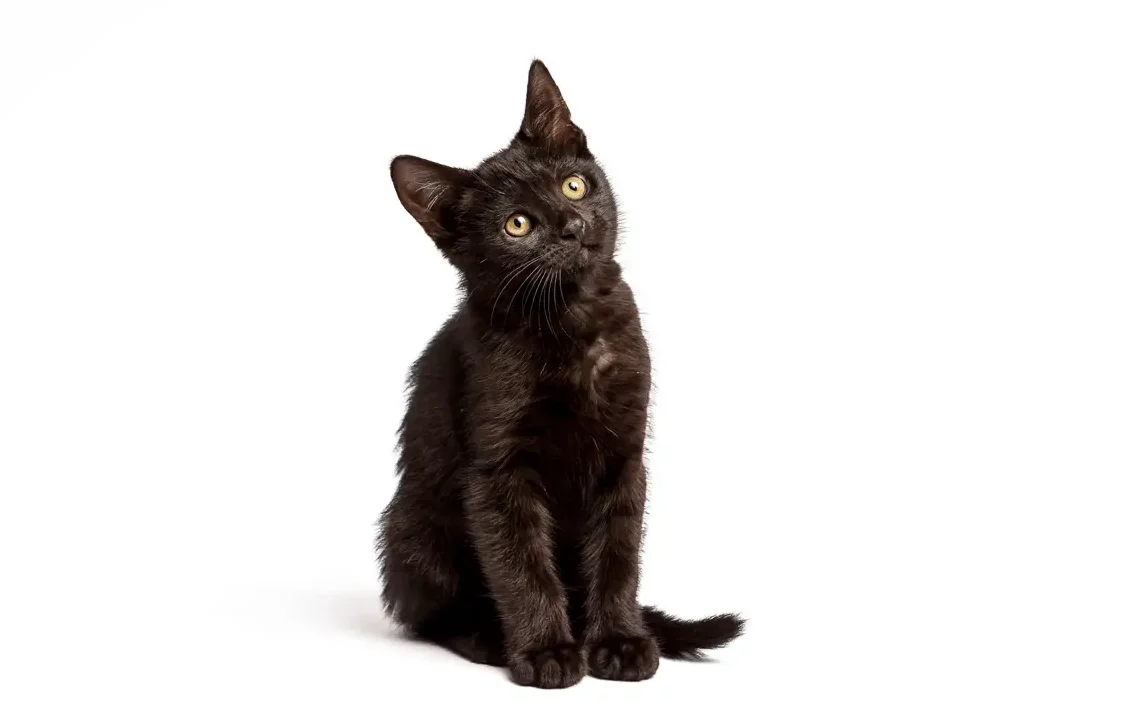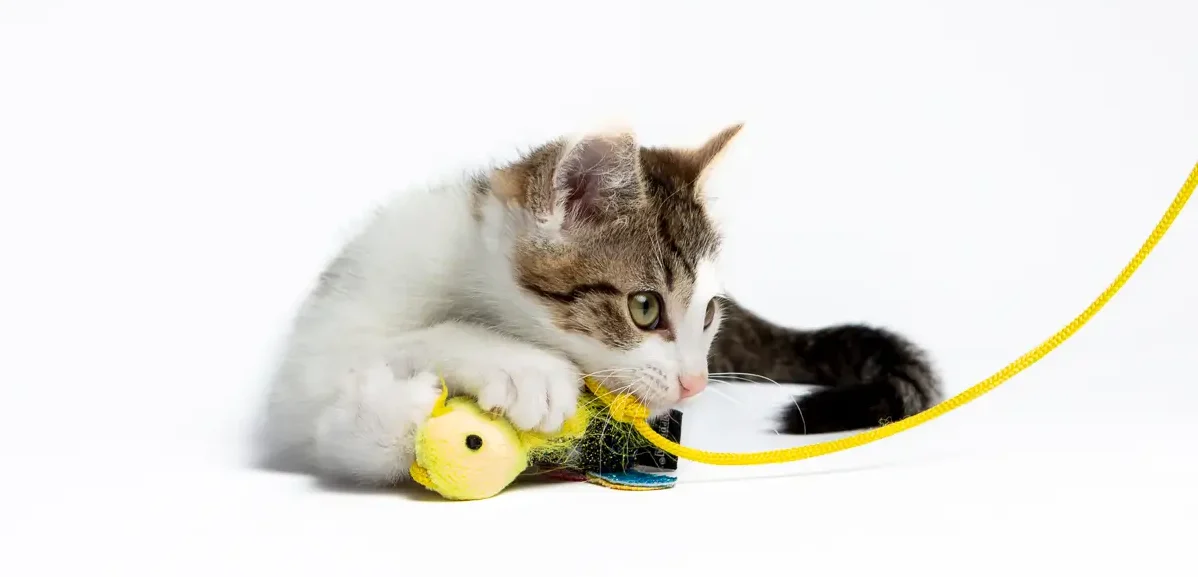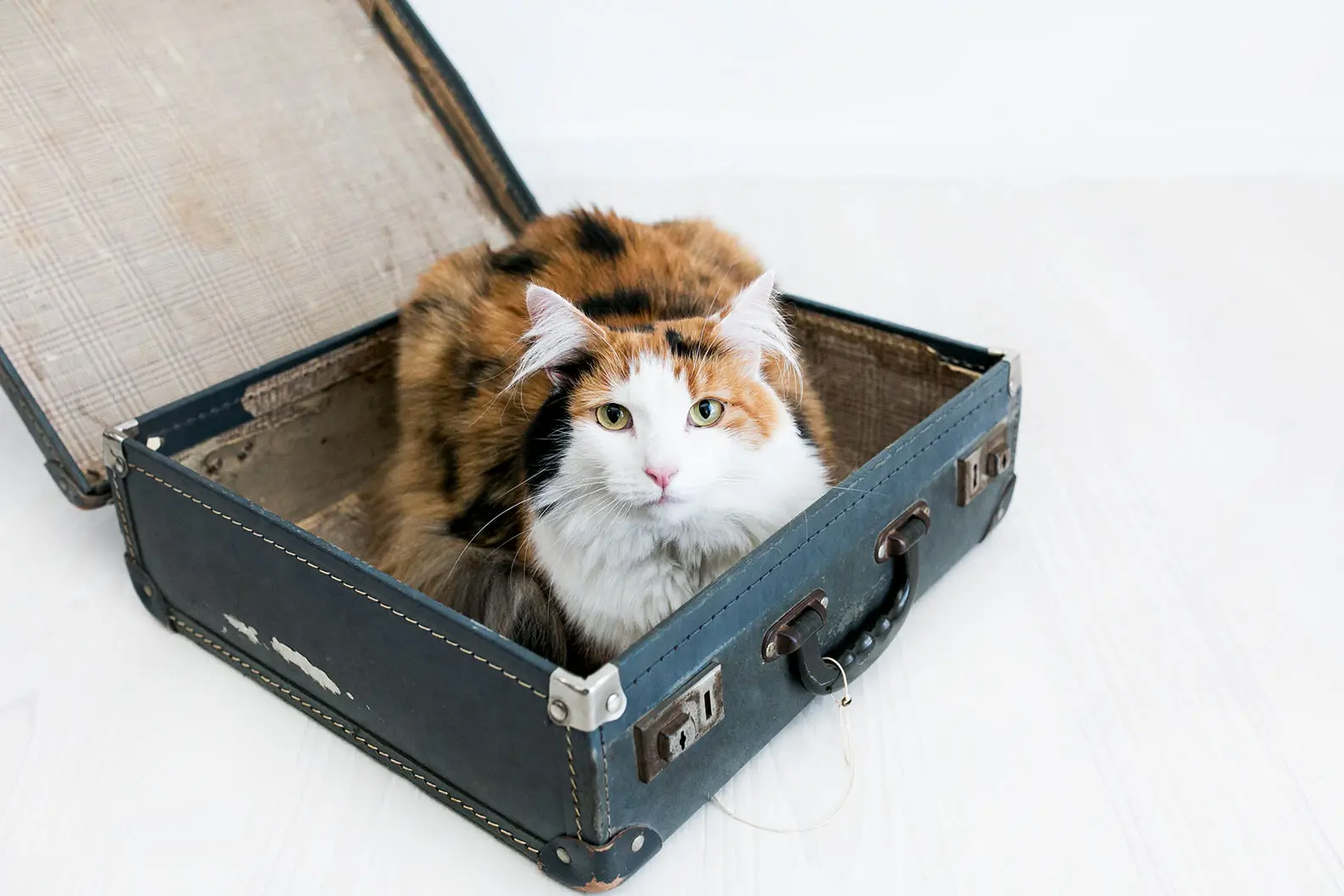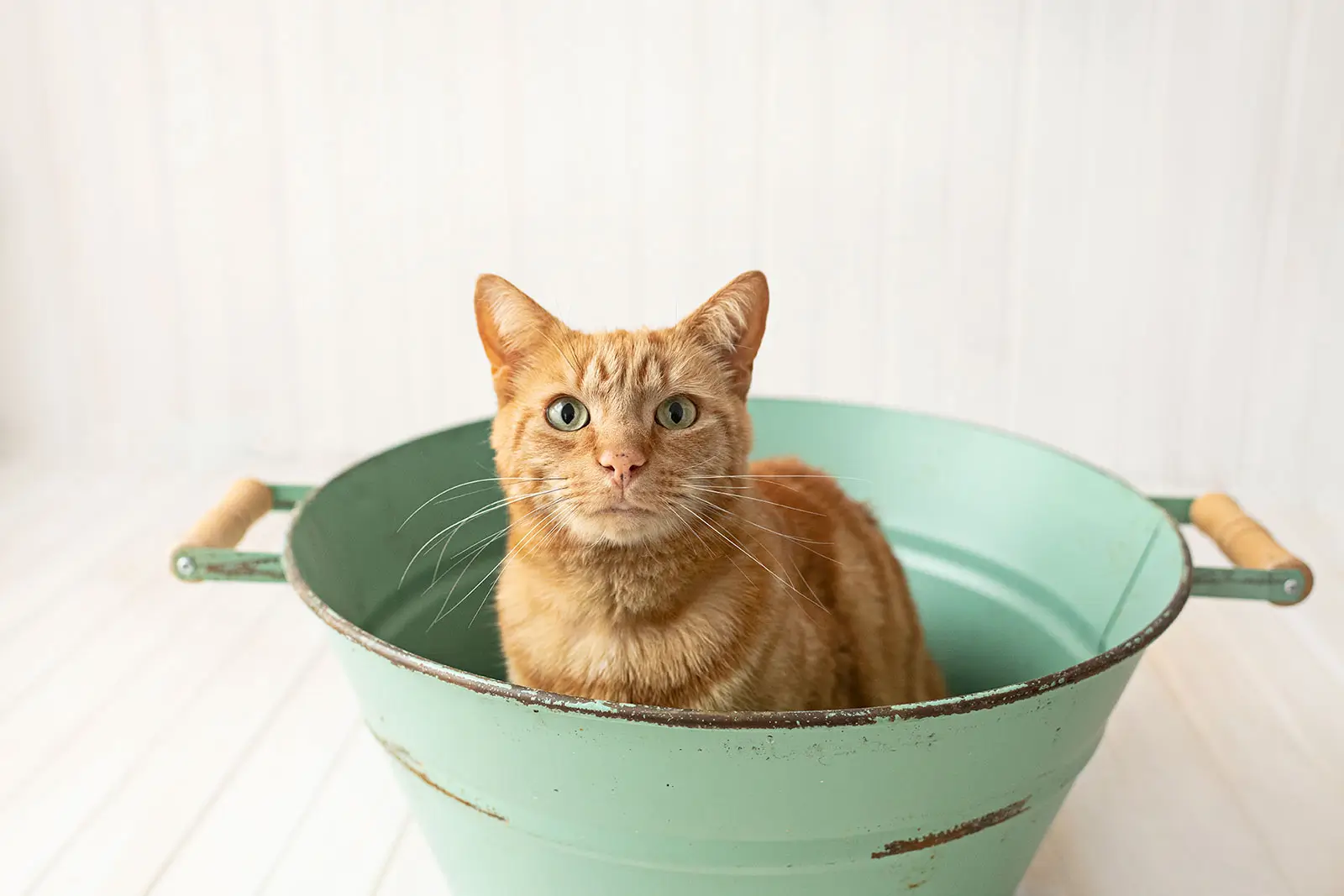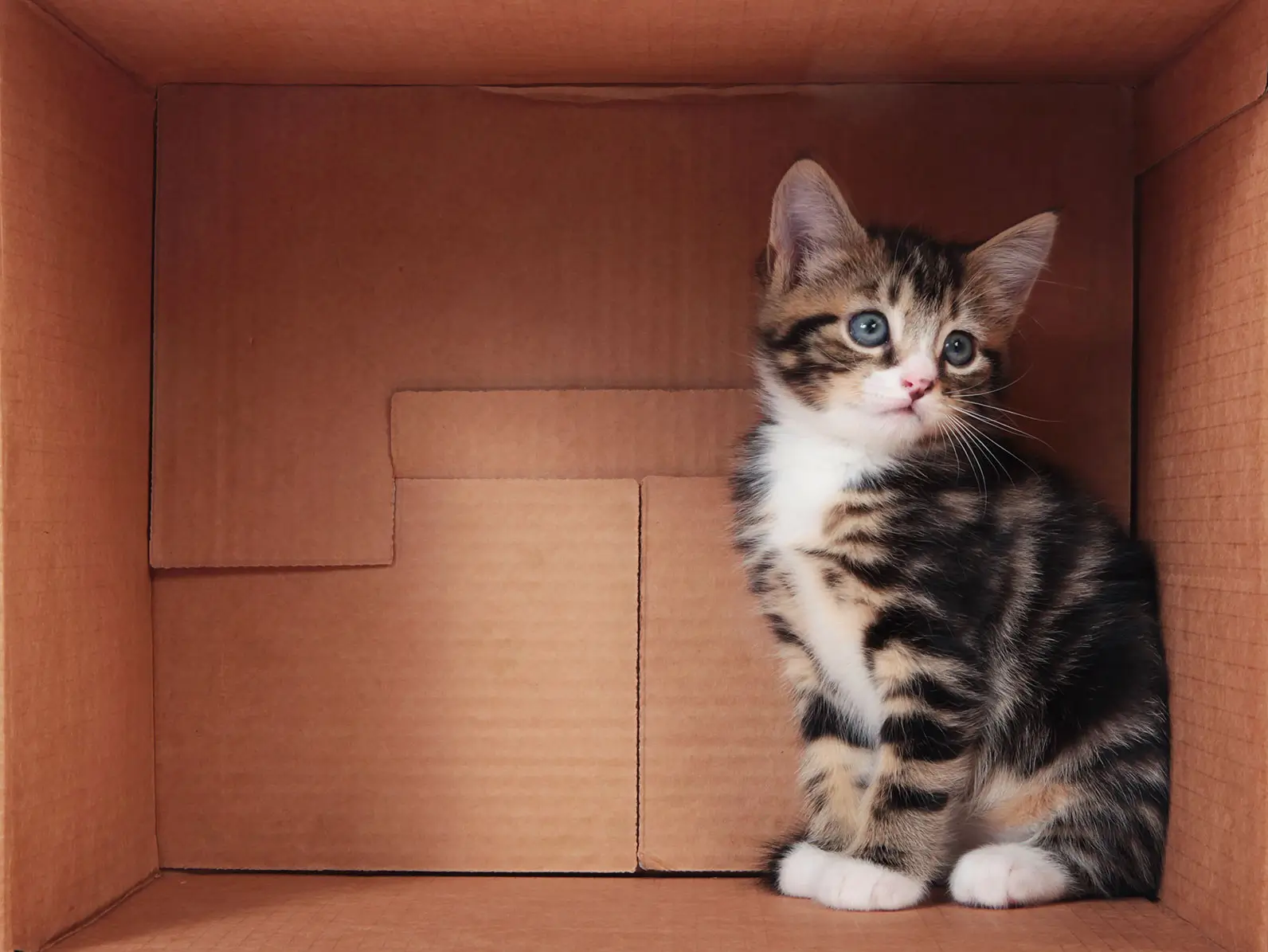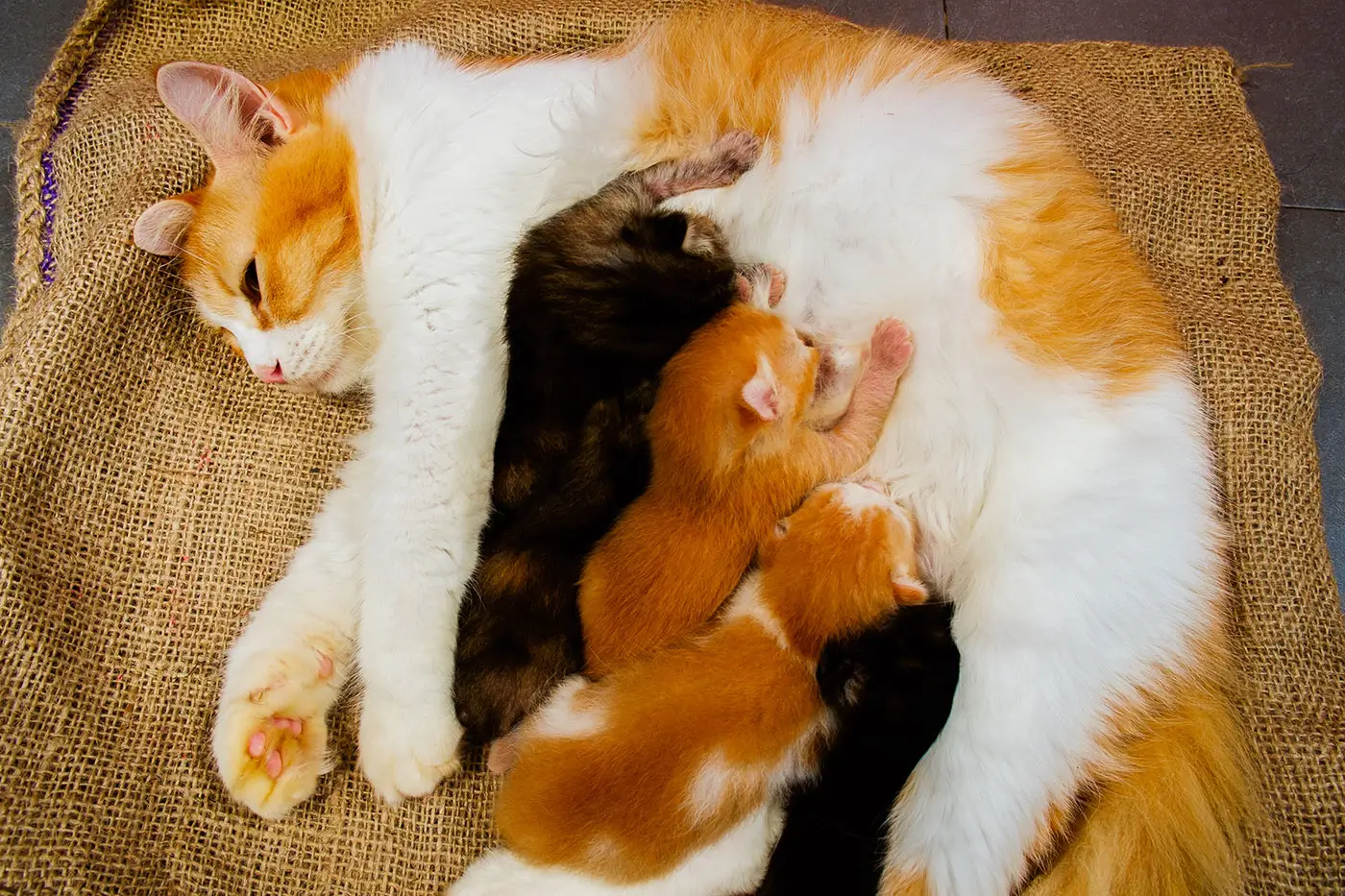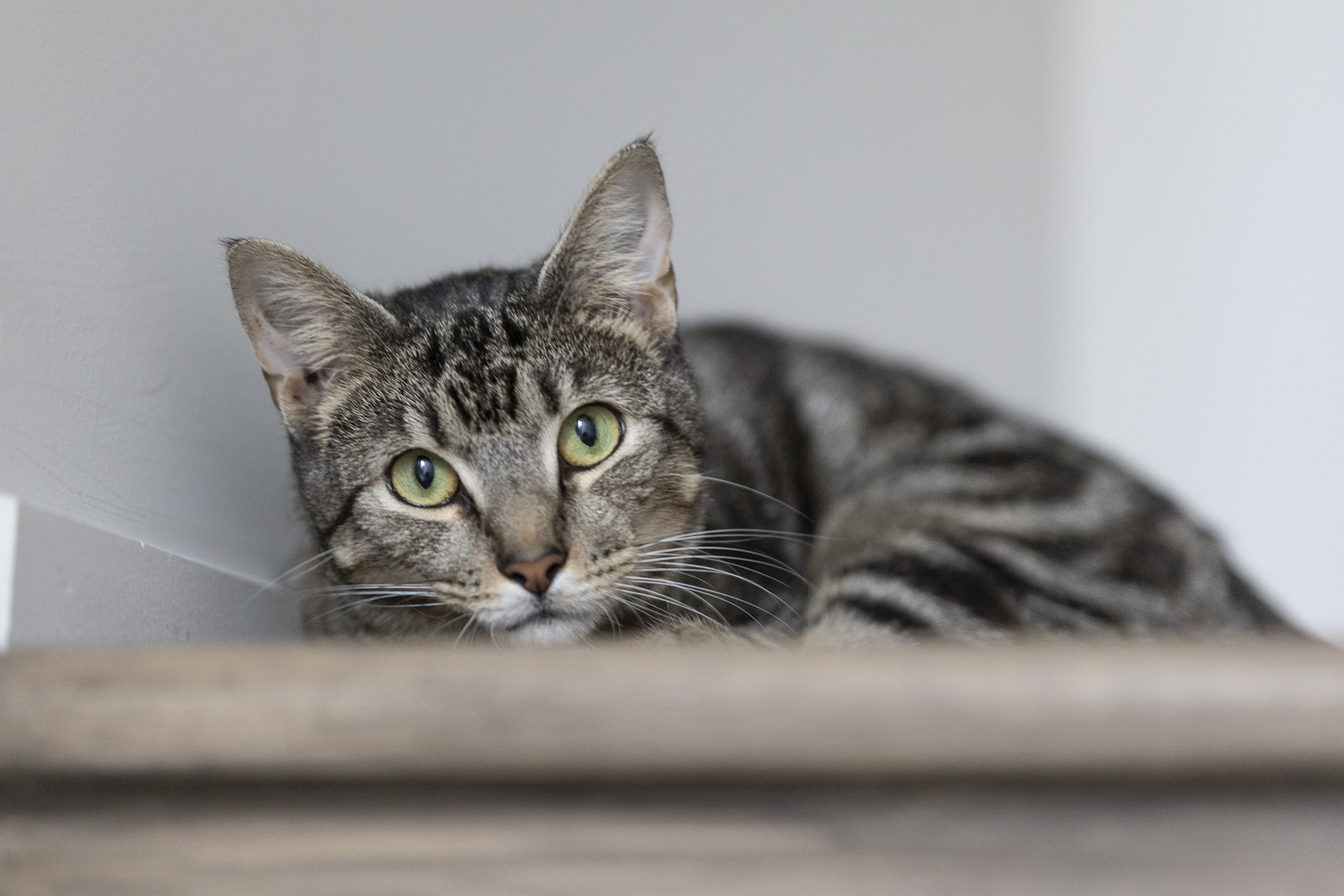
Did you know that one single unspayed female cat and her offspring can produce more than 400,000 cats in their lifetime?
Often cat owners don’t realise their female kitten can become pregnant from as early as 6months, with female kittens entering “heat” anywhere between 6-12months of age. Time can get away from an owner and before they know it, their little kitten has become sexually active and able to breed. These cats only have to get outside once or twice and risk becoming pregnant, with undesexed male cats able to sense a female on heat from great distances.
Whilst owners may think it is a cute and wonderful experience for their cat to have a litter, these kittens grow very fast. Owners will often then try to find homes for the kittens with friends or family members, many of whom then also neglect to desex the kitten. The cycle goes on and unfortunately, there are simply not enough homes for the volume of unwanted animals born as a result of unplanned pregnancies.
This poses a significant problem, not only to the welfare of the animal, but also potentially to the environment and the local community.
With the goal of helping to reduce the issue and associated environmental and community concerns around cat-overpopulation whilst ensuring that every cat has the opportunity for a healthy, loving and safe home, The Cat Protection Society offer a Last Litter Program.
Funded with the support of our Cat Protection Society donors and members, the Last Litter Program aims to stop the constant cycle of yearly cat pregnancies, which will then have enormous benefits for the community and cat.
“It’s about breaking the endless breeding cycle,” says Sarah Mitchell, The Cat Protection Society of Victoria’s Senior Shelter Vet. “Often cat owners think that it’s nice for the cat to have kittens, or it’s nice for their children to see a cat give birth to kittens, but it’s a huge burden on the cat. Often the cat will get pregnant when it is very young, and then again year after year.”
This constant breeding cycle for cats has an impact on the animal, as well as a huge burden on the environment and wildlife.
When stray cats live in colonies, they are prone to disease like cat flu, feline AIDs, worms, and they also become territorial, leading to fighting and injury. They can also wreak havoc to the natural environment and wildlife, not only in rural areas but in big cities.
The big picture goal of the Last Litter Program is prevention rather than intervention.


